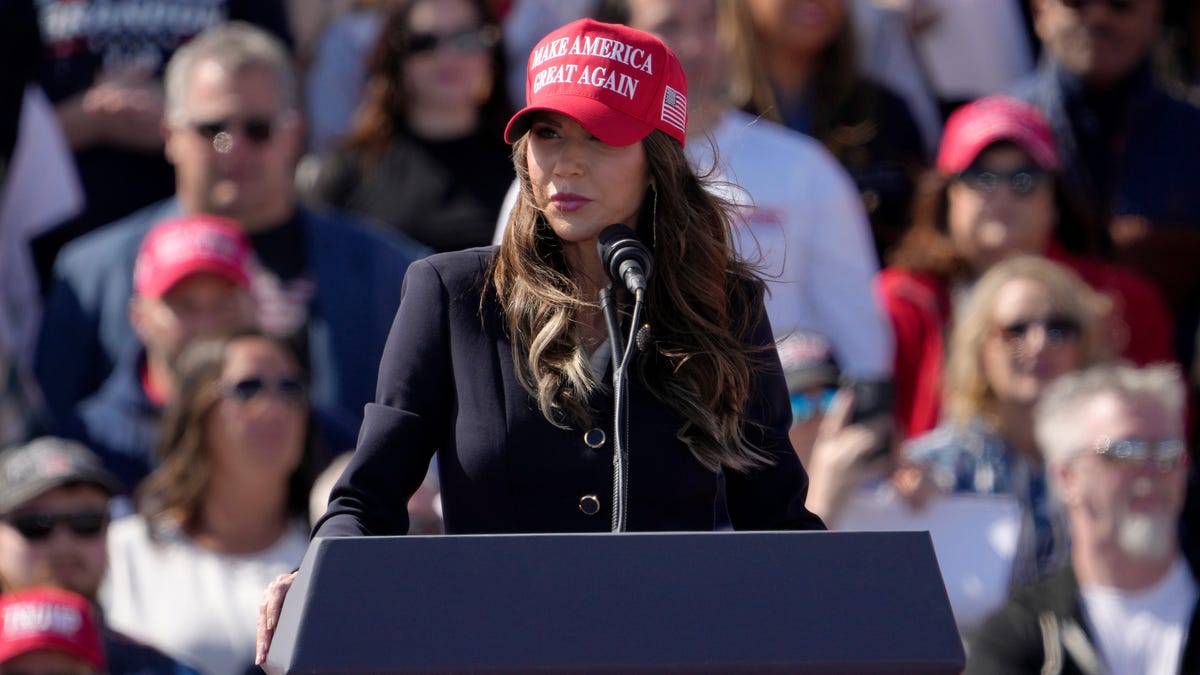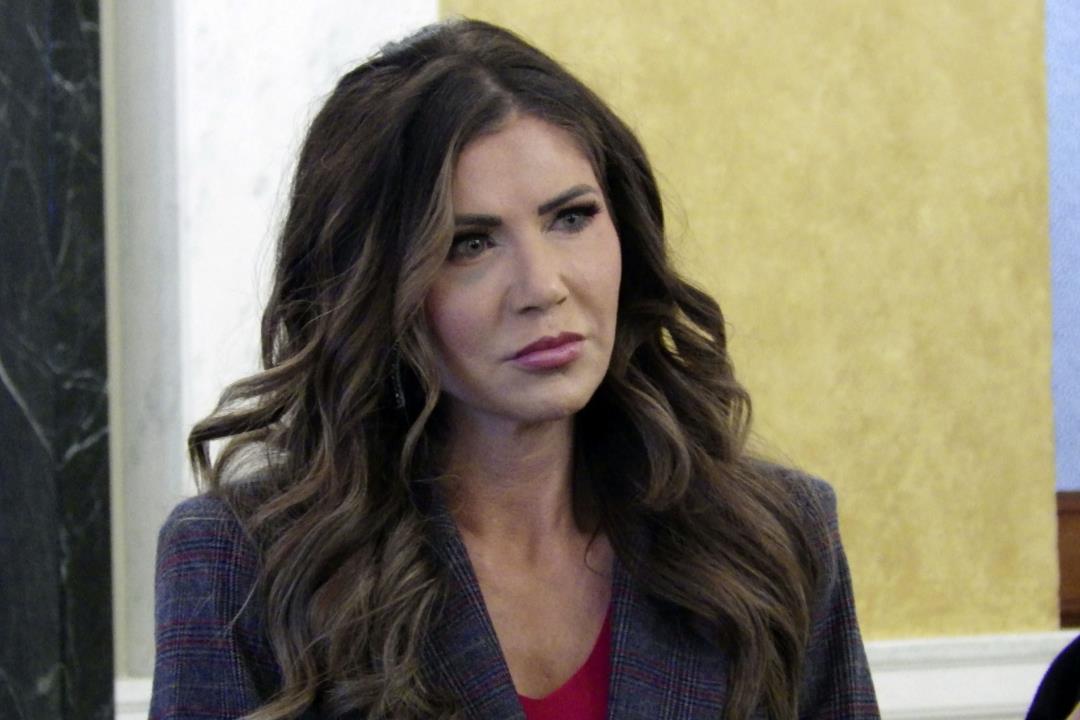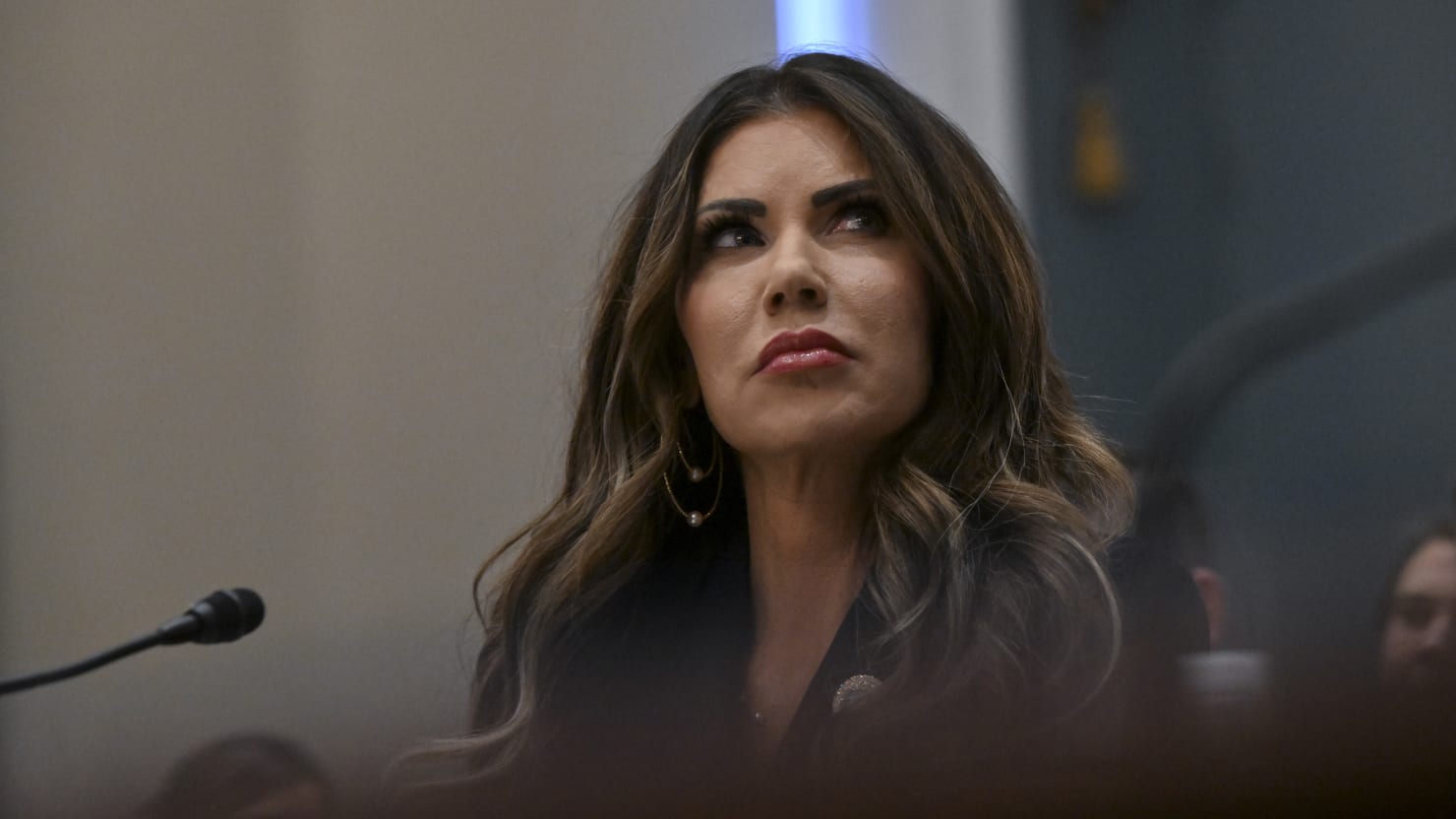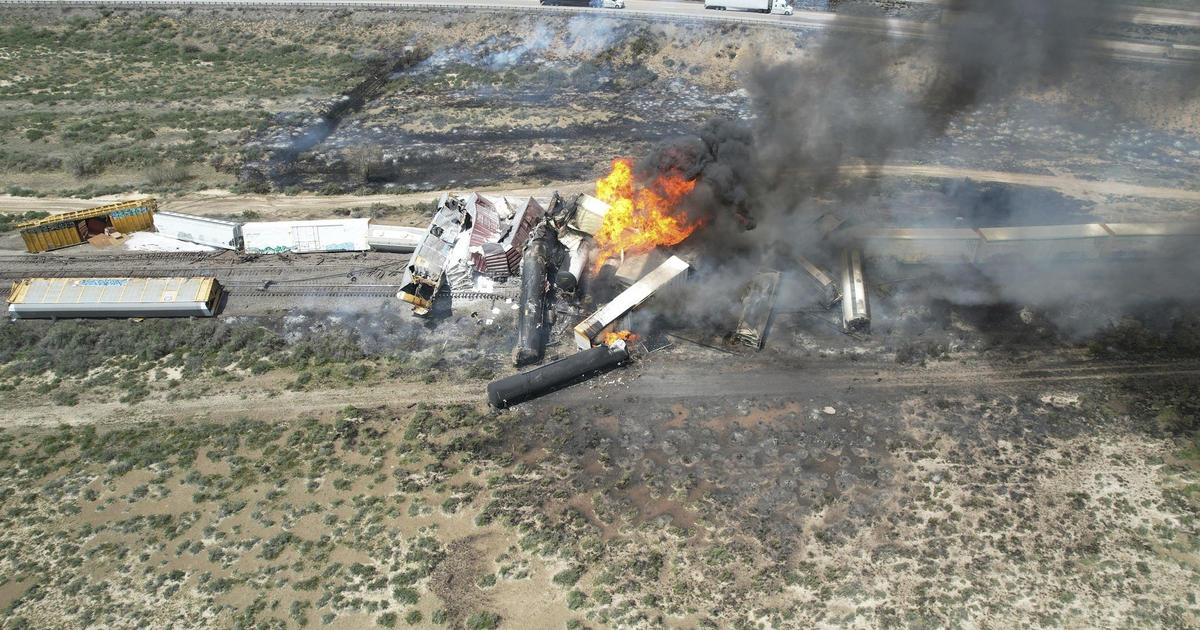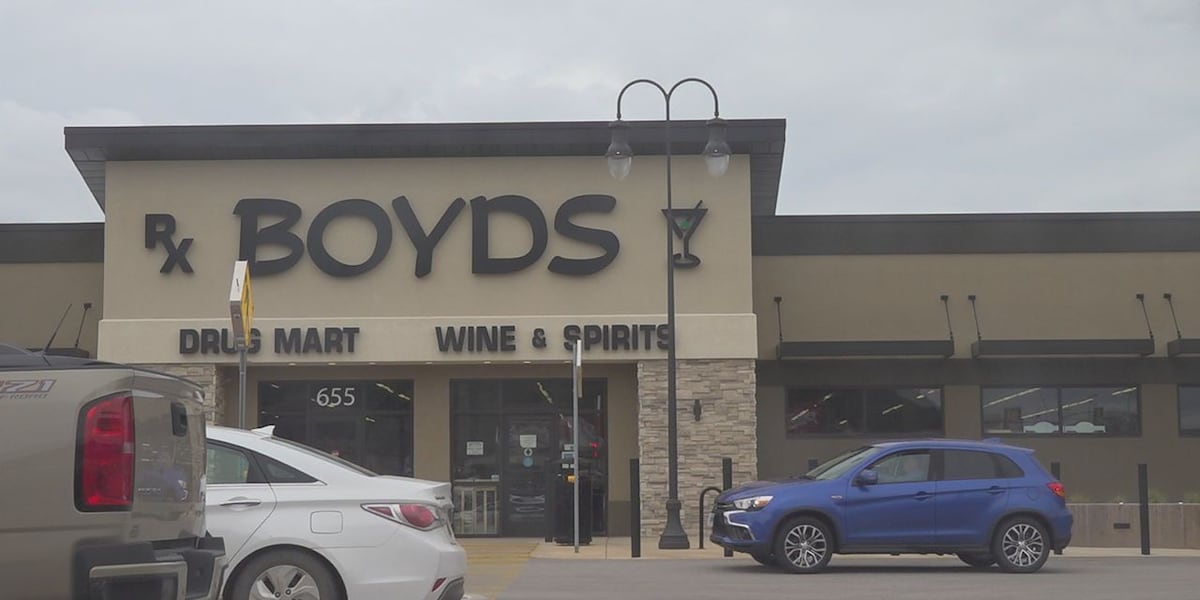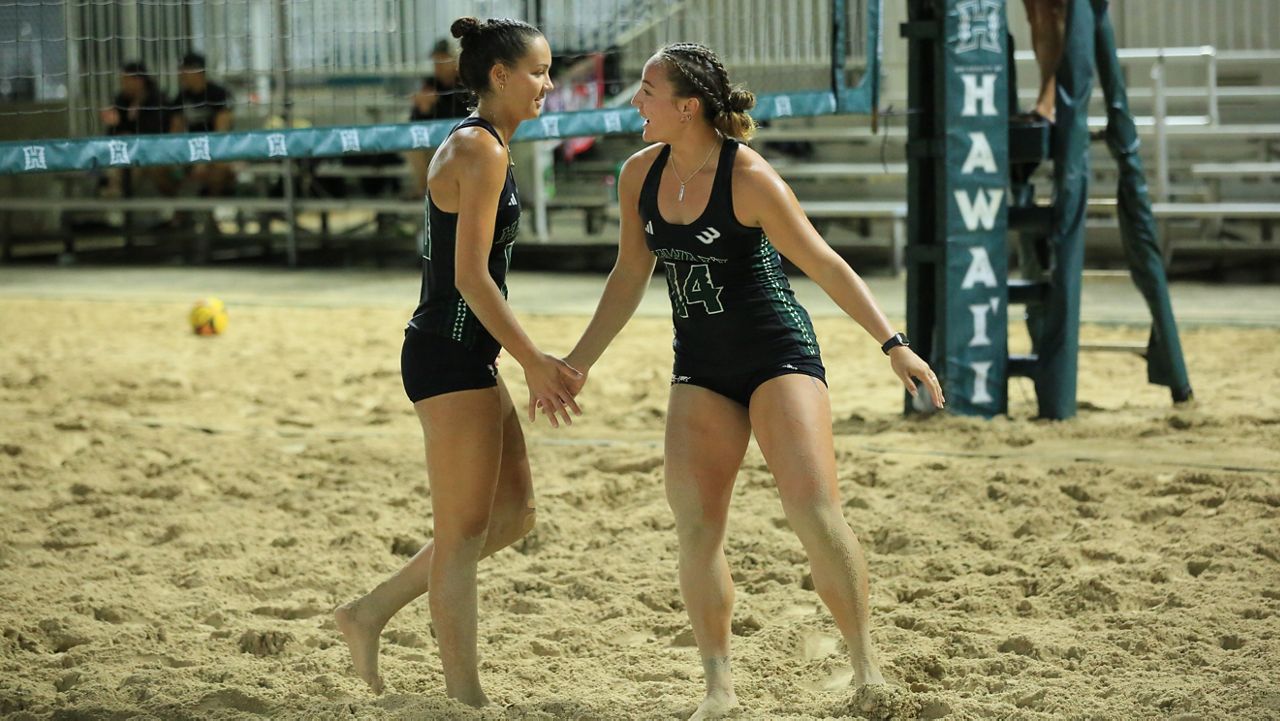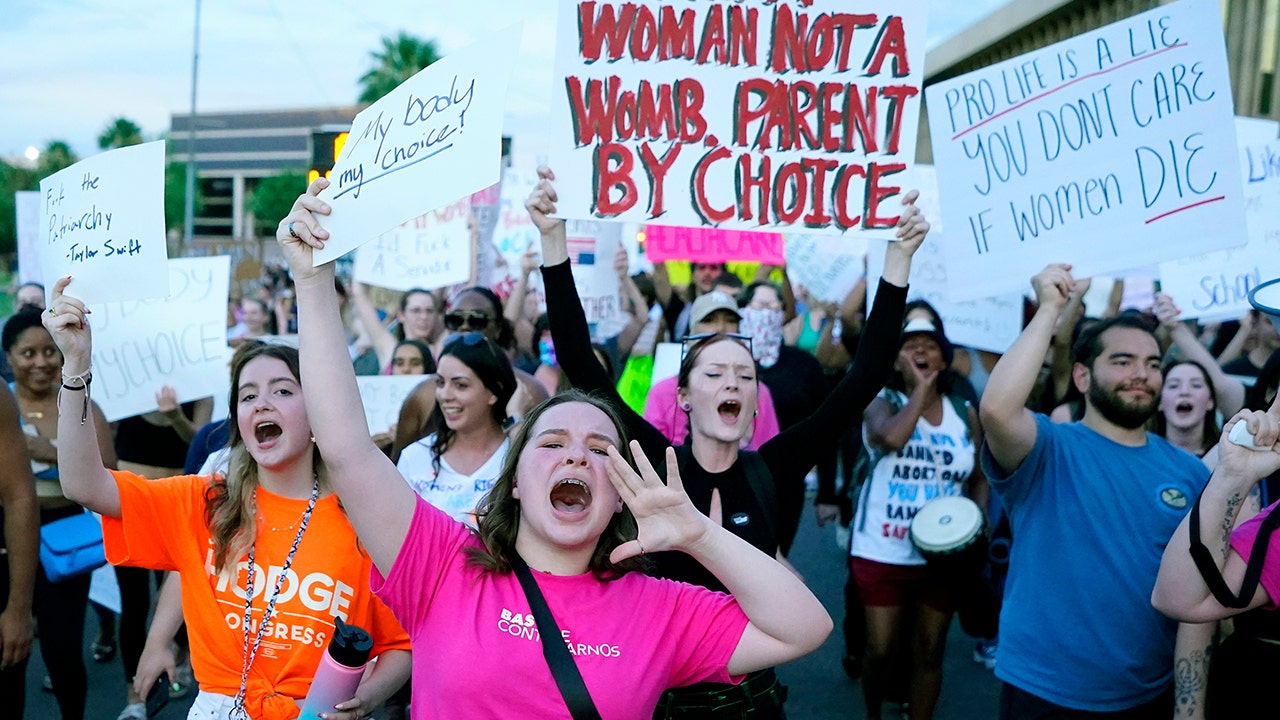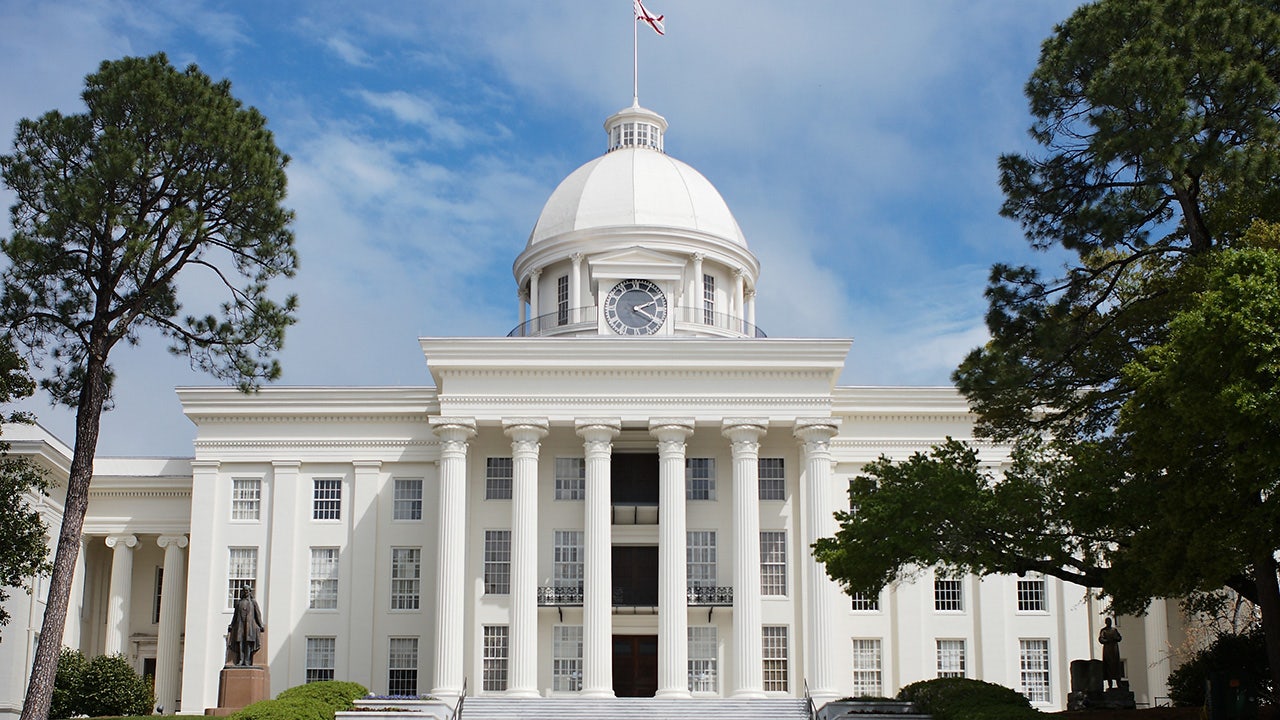South Dakota
Transportation Secretary throws cold water on South Dakota Amtrak expansion

SIOUX FALLS, S.D. (Dakota News Now) – While momentum for Amtrak expansion to South Dakota has been growing for months, the state’s Transportation Secretary is doubtful it will ever become reality.
No state official had commented on the Federal Railroad Administration’s Long Distance Service Study until Wednesday when Jundt addressed the topic during a State Railroad Board meeting, the first since the FRA released its third round of meeting materials.
“I’m just being as honest as possible here. I do not see any routes in South Dakota rising to the top from a high-priority standpoint. As you know, just the cost of physically doing rail in our state is very expensive,” Jundt said during Wednesday’s meeting.
MORE: Advocates: Proposed Amtrak service a big first step for South Dakota
Jundt was part of a 2021 study that concluded that South Dakota would not be a viable candidate for passenger rail expansion.
Jundt cited several reasons why the two routes going through South Dakota would be pushed back by the FRA in their final report to Congress.
The first is that much of the state’s current rail infrastructure would need to be upgraded to meet the FRA’s requested top speed of 80 miles per hour for passenger service. A recent project with the Rapid City, Pierre & Eastern Railroad upgraded 163 miles of rail from Fort Pierre to Rapid City at the cost of $82 million – $42 million coming from RCP&E, $22 million from a U.S. Department of Transportation’s RAISE grant, and an additional $20 million from the State of South Dakota.
“Rapid City, Pierre & Eastern’s line to go from 10 miles per hour to 25 miles per hour was quite significant,” Jundt said. “Just due to the fact of our expansive shales that we have in the state, and so I would anticipate that when they get to the point of physically putting a dollar value to this, it’s going to be definitely over a billion dollars, and more than that.”
Another reason why Jundt doubts passenger rail could ever be feasible in South Dakota is because of the state’s low population compared to other proposed routes in the study. He said when the FRA is looking at potential ridership in its ongoing fourth round of studies and stakeholder meetings, it will be hard to justify the cost compared to the number of travelers from South Dakota.
“Our anticipation is that the concept that they have out there, as they physically go through some of this, I would see a rate of return if that’s what they’re looking at and what ridership would be and everything else might be truly envisioned on this, is not going to rank as high as the other routes that they’ve identified,” Jundt said.
MORE: Considering economic pros and cons of potential passenger rail expansion
Those arguments, though, are at odds with Dan Bilka, President of the advocacy group All Aboard Northwest and one of the main driving forces behind bringing back passenger rail service to South Dakota for the first time since 1969.
Bilka said Friday that the funds for the projects are already planned and that if the State of South Dakota, as well as counties, cities and organizations, don’t voice their support, those funds would be lost. He said if Amtrak were going to come to the state, they expect the federal government to take a lion’s share of the cost.
“We’ll see what the final recommendation is from the Long Distance project team about what to pay for. Our personal take is that it should not be put onto the states or communities. Maybe they can ask for a local match, but it should not be burdensome, especially since we have not had passenger rail service here in South Dakota since before Amtrak service,” Bilka said.
Jundt also noted that if Amtrak were to come to South Dakota, the state would lose its Special Transportation Circumstance grants, or STC grants, that it receives from the federal government each year. South Dakota has been receiving those funds for some time, and those grants totaled about $27 million each in 2022 and 2023.
However, those grants would go away if the state received any sort of passenger rail service, whether it came from Amtrak or not. In its 2015 State Rail Plan, Minnesota lists a possible passenger rail line from Minneapolis to Sioux Falls as a future project. Should that ever become a reality, South Dakota would lose access to STC grants.
Bilka said it’s not a matter of if but when passenger rail service will eventually come to the state. He said South Dakota is actually missing out now by not being a part of the numerous rounds of grants released recently by the federal government, which could also be used to help pay for freight railroad upgrades.
“I can understand the concerns about the STC grants, but they’re missing part of the larger picture. We actually might be losing more money that way than the meager, token amount we’re getting through the STC grant program,” Bilka said.
He also argued that the scope of the survey isn’t just to see how many more riders Amtrak can garner by expanding. One of the focus areas outlined in the survey is to reach more people in the United States living in rural or disconnected areas and allow them to consider taking rail as a mode of transportation rather than just by car.
Bilka said internationally, passenger rail doesn’t make a full return on investment, but neither do highways or airports, all of which drive economic activity.
“There’s very few passenger rail systems that ‘make a profit’ from farebox recovery. That’s true for Europe, that’s true for Asia,” Bilka said. “But it’s the economic vitality that it brings to the communities, similar to our highway network and our aviation network that neither of them don’t ‘pay for themselves.’”
Bilka said if there isn’t enough support for South Dakota to be added to Amtrak’s network, those funds would only go back to states that already have extensive networks. He said actions like the resolution passed by the Rapid City Council helps show that support, and he argued that money spent in South Dakota will go much farther towards meaningful growth than going back to more populated areas.
“I would, personally, would rather have some of that money come out our way than have it all get gobbled up by California and the Northeast Corridor. Let’s say if it is a billion or maybe two billion dollars to upgrade the line for the route across the state from the Twin Cities to Denver. That should not be a sticker amount we should be so adverse to at that point,” Bilka said. “Especially with what the [SDDOT] bringing up about the STC grants, I don’t think in the history of the STC grant program we’ve ever received anything close to that.”
MORE: Thune weighs in on Amtrak expansion to South Dakota
The final round of meetings the FRA plans for its study is due to take place near the end of next month, with a final report expected to come sometime in the middle of June. Along with that will come preferred routes, funding sources, and a cost and public benefit analysis.
Copyright 2024 KSFY. All rights reserved.

South Dakota
Feeding South Dakota distribution on display in Redfield

REDFIELD, S.D. (Dakota News Now) – The non-profit Feeding South Dakota is a massive social service organization that serves each of the state’s 66 counties once a month.
Weather permitting, every South Dakota county gets a visit. The story, by the numbers, was provided by Stacey Andernacht of the Feeding South Dakota organization.
Stacey said, “In South Dakota, nearly 73,000 people are food insecure, and that means that they are unable to have access to the food that they need to have a nutritious lifestyle. Our mobile food distribution is hosted right now in 119 communities across the state, every single month.”
Funding is a big issue with these social service programs.
Stacey continued, “Feeding South Dakota is funded through private donations, along with some grant and foundation opportunities that we apply for. Other than the food items that we receive through the USDA commodity programs, we don’t receive any funding from the state.”
Thursday was the distribution event for Redfield in Spink County. Penny Ihnen is the Co-director of the Tri-County Food Pantry, and she talked about the impact of the program.
Penny related, “We’ve had people say that they couldn’t make it from month to month if it wasn’t for this mobile food truck that comes. It’s a blessing to them.”
Both Ihnen and Andernacht say that the Feeding South Dakota program wouldn’t exist without the incredible volunteers. Leonard Deibert, one of those volunteers, explained how he got started.
Leonard said, “The wife and I were walking down by the Armory one time when the Feeding South Dakota truck come there and they were helping the people and we walked over and asked them, ‘What’s going on?’ And they explained the program to us and we asked, ‘Well, do you need any help?’ and he said, ‘Sure, we can use help,’ and we’ve been going back and helping them probably three or four years now. We enjoy it, it’s a good program, and the people enjoy it.”
Occasionally, the weather gets in the way of this distribution but, for the most part, every county in South Dakota has one of the 119 stops on the Feeding South Dakota route.
Copyright 2024 Dakota News Now. All rights reserved.
South Dakota
South Dakota Housing launches homebuying assistance program for recent grads • South Dakota Searchlight

South Dakota Housing will launch its Grants for Grads program Friday, aiming to help college and technical-college graduates purchase their first home in South Dakota. The program is available “for a limited time.”
The program existed under former Gov. Dennis Daugaard’s administration in an effort to attract workers to the state, but ended in 2019, South Dakota Housing Director of Homeownership Programs Brent Adney told board members on Thursday.
“I wouldn’t be surprised if we had quite a few commitments right away,” Adney said.
Rapid rise in South Dakota home prices is ‘not sustainable,’ economist says
The timing is good, added Director of South Dakota Housing Chas Olson, and it’ll help first-time homebuyers enter the market.
Average first-time homebuyers can expect to spend about two-fifths of their pre-tax income on a monthly payment for a house in South Dakota, according to Dakota Institute research.
“Any kind of affordability relief we could provide is good at this time,” Olson told board members.
The program will also help with South Dakota’s workforce development initiatives, added Housing Development Authority Board President Scott Erickson.
“If someone graduated three years ago, moved to a major city and found that housing is really expensive, it would be the draw to bring them back,” Erickson said.
First-time homebuyers will be eligible if they’ve earned a degree from an accredited university or technical college in the last five years, select a South Dakota home costing $385,000 or less, and meet income requirements. According to Zillow, the median home sale price in South Dakota is $290,833.
Materials from the prior iteration of Grants for Grads said the program provided 5% percent of a participant’s loan amount as a grant to be used for a down payment or closing cost assistance.
Interested participants must contact a lender to set an appointment and apply for the program.
GET THE MORNING HEADLINES DELIVERED TO YOUR INBOX
South Dakota
Abortion ballot initiative signatures turned in to South Dakota state officials

(Pierre, SD) — Restoring abortion rights could be on South Dakota ballots during the next election.
A group called Dakotans for Health handed in a constitutional amendment petition with 55,000 signatures yesterday. The group’s founder Rick Weiland said “Restoring the tenets of Roe, the framework of Roe, you know, isn’t radical.” He continues to say that the group believes it’s the right thing to do even if other abortion rights groups are reserving judgment.
The group should know in a couple of weeks if the constitutional amendment will be on the November ballot.
-

 News1 week ago
News1 week agoLarry Webb’s deathbed confession solves 2000 cold case murder of Susan and Natasha Carter, 10, whose remains were found hours after he died
-

 World1 week ago
World1 week agoHaiti Prime Minister Ariel Henry resigns, transitional council takes power
-

 News1 week ago
News1 week agoFirst cargo ship passes through new channel since Baltimore bridge collapse
-

 World1 week ago
World1 week agoUS secretly sent long-range ATACMS weapons to Ukraine
-

 World1 week ago
World1 week agoSpanish PM Pedro Sanchez suspends public duties to 'reflect'
-

 News1 week ago
News1 week agoAmerican Airlines passenger alleges discrimination over use of first-class restroom
-

 World1 week ago
World1 week agoAsia bears biggest climate-change brunt amid extreme weather: WMO
-

 Movie Reviews1 week ago
Movie Reviews1 week agoHumane (2024) – Movie Review

